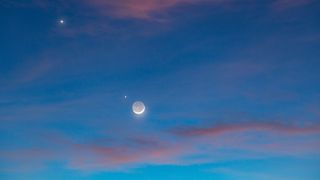saturn
Latest about saturn
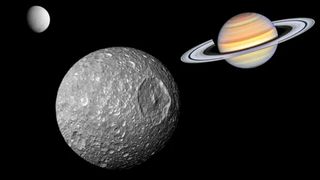
Saturn's 'Death Star' moon Mimas may have an underground ocean scientists never believed could exist
By Robert Lea published
A new study of Saturn's 'Death Star' moon Mimas finds evidence of a young, underground ocean that may be hospitable to early forms of life.
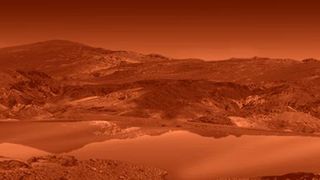
Mysterious 'magic' islands that come and go on Saturn's moon Titan finally have an explanation
By Briley Lewis published
Bright spots that appear and vanish on Saturn's moon Titan have a seemingly simple explanation — they're floating chunks of frozen organic material.
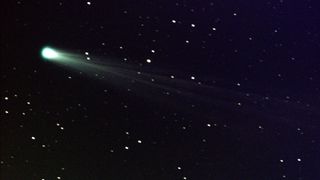
The 10 best stargazing events of 2024
By Jamie Carter published
The 2024 stargazing guide includes a rare total solar eclipse, two bright comet flybys and three supermoons. Here are all the dates you need to know.
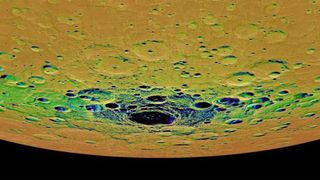
10 out-of-this-world solar system discoveries made in 2023
By Harry Baker published
From Mercury to Pluto (and maybe even Planet Nine), here are some of 2023's most intriguing discoveries about the planets, moons and other bodies in our solar system.
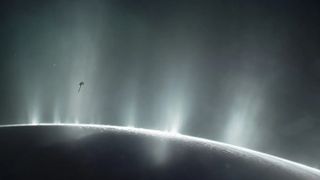
NASA finds key ingredient for life gushing out of Saturn's icy moon Enceladus
By Joanna Thompson published
Scientists have discovered complex molecules in the gas and vapor plumes escaping from Enceladus's icy core — and one of them, hydrogen cyanide, is a precursor for life.
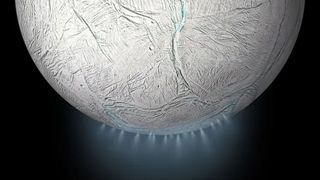
Signs of life shooting from Saturn's moon could be collected with spacecraft, scientists say
By Rahul Rao published
Possible amino acids spewing from Enceladus' subsurface ocean can survive impact with a spacecraft, lab experiments show.
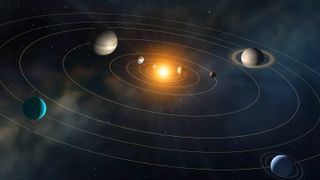
How many times has Earth orbited the sun?
By Harry Baker published
We worked out how many trips each of the solar system's eight planets has taken around the sun over the past 4.6 billion years.
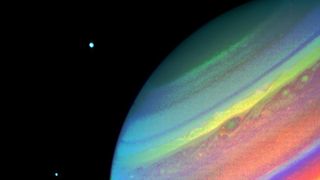
Historic space photo of the week: Voyager 2 spies a storm on Saturn 42 years ago
By Jamie Carter published
With the ringed planet currently perfectly positioned for observation with a small telescope, relive Voyager 2's landmark 1981 visit.
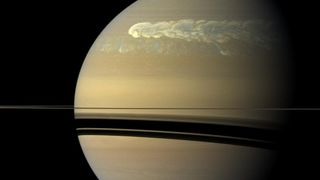
100-year-long 'megastorms' on Saturn are creating radio signals that scientists can't fully explain
By Brandon Specktor published
Gargantuan storms on Saturn can wrap around the entire planet and be seen for months. New research suggests their impacts persist hundreds of years longer than experts thought.
Sign up for the Live Science daily newsletter now
Get the world’s most fascinating discoveries delivered straight to your inbox.
